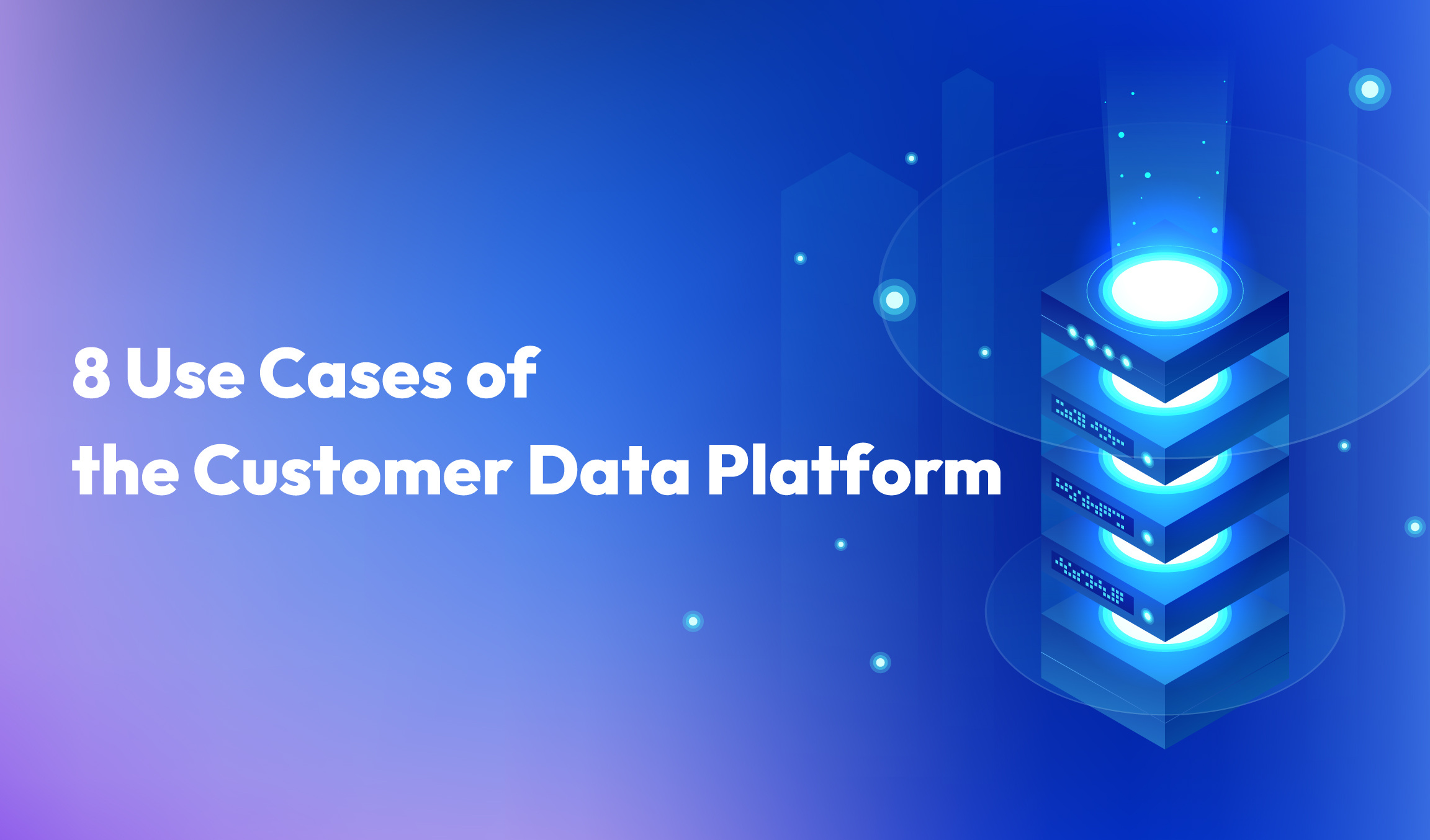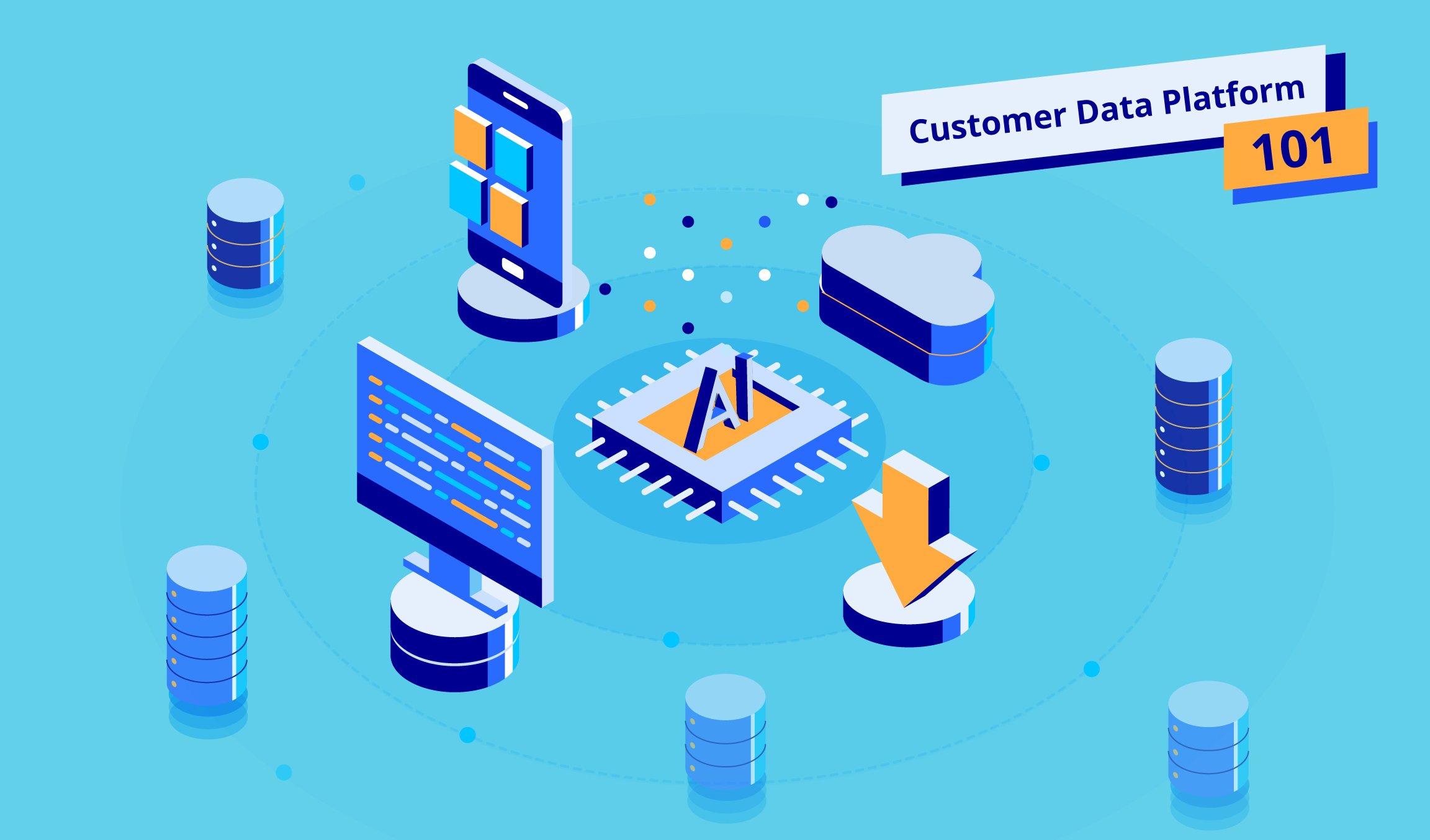3 min read
The amount of available data on consumers and their habits, preferences and behaviors continues to grow. It is therefore increasingly challenging to make sense of the data and make accurate predictions. Consumers sharing information about themselves via social media and e-commerce using mobile devices and personal computers are leaving behind data that can prove extremely valuable if marketers are able to look at all the data points to build holistic profiles of past, current and prospective customers.
A new conversation has started among marketers about Deep Learning. Deep Learning is the most advanced branch of artificial intelligence. Deep Learning uses multi-layered, ‘neural networks’ (computer systems modelled on the human brain and nervous system) to process large volumes of scattered data.
At Appier, we have seen Deep Learning work particularly well for in-app marketing. In-app spend is expected to increase by 105% in APAC by 2021 (according to AppAnnie), and marketers are increasingly relying on in-app purchases for revenue. However, mobile marketers face challenges with large volumes of scattered data and with acquiring, engaging and retaining high-quality users. Deep Learning is ideal for managing these issues, as it can work with data at scale- significant data volume where the possible values of each data point are huge. For example, the visiting time and frequency of a consumer might have many possible values throughout a digital campaign. Deep Learning can also consider all possible in-app events with abstract meaning- such as “this user prefers colorful images”- to make accurate predictions to find the most valuable users.
From March to October 2018, Appier tested Deep Learning algorithms to predict the probability of a user taking future action, such as making a purchase or completing registration in an app. We applied Deep Learning to more than 240 mobile app campaigns across 13 APAC markets, resulting in half a billion data points, and compared the outcome to campaigns without Deep Learning. We found that with Deep Learning applied, retention rates rose by 7%; registration rates rose by 35%; purchase rates rose by 9%; and overall return on ad spending (ROAS) rose by 10%, compared to traditional AI/Machine Learning techniques.
However, marketers need to remain discerning when it comes to identifying the right technology for each activity. One way to think of it is in comparison to your daily commute. Aeroplanes are the most advanced and sophisticated vehicles on earth. However, a bike, car or train will likely to be more effective than an aeroplane to get you to work, despite the plane’s great speed and power.
Deep Learning, in this instance, is the aeroplane: ideal in some business situations, and not in others. In some cases, traditional Machine Learning solutions will outperform Deep Learning.
How can marketers identify what’s best? The key lies in the available data and value format of the data. If your data dimensions are limited and with a concrete meaning of value (for example, only, gender, age, and frequency of visits), then ‘traditional’ AI and machine learning will be perfectly adequate and deliver results. However, if you have complicated data dimensions and some of them have values with abstract meaning (i.e. a consumer’s habits or preferred product categories) and large data volume (i.e. data on 100,000 or more customers as opposed to only 100), then Deep Learning will be extremely effective.
There’s no question that Deep Learning will continue to be vital for marketers as people continue to generate data. However, before marketers blindly pursue Deep Learning and attempt to employ it for all data analysis, they must look closely at their data dimensions and data volume to make sure they are getting the most from the wide array of advanced technology now available to them.
* This article was originally published on The Drum.



